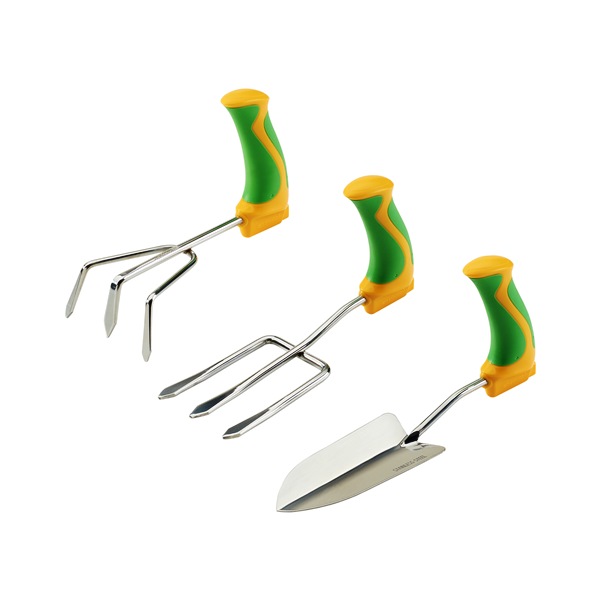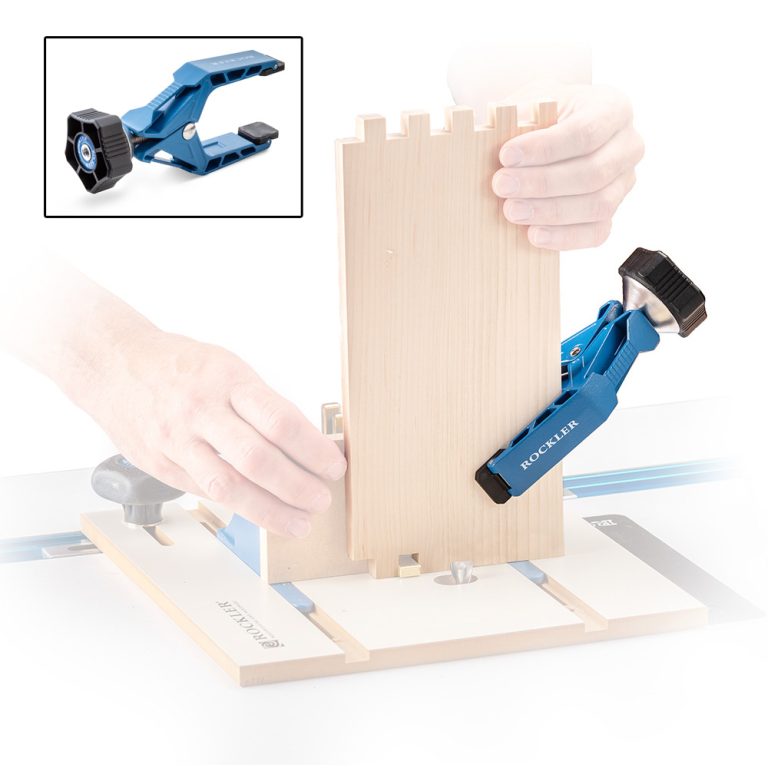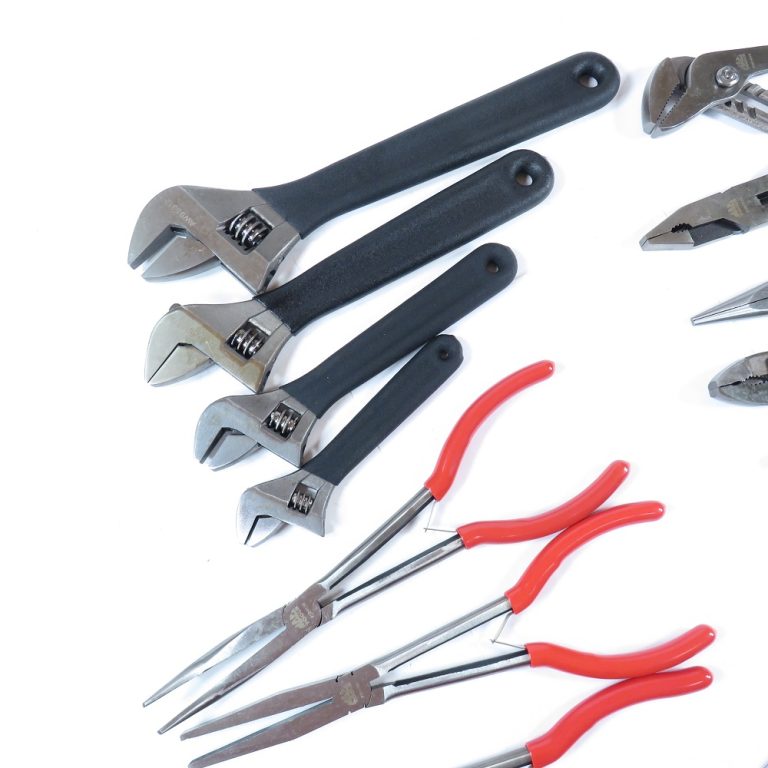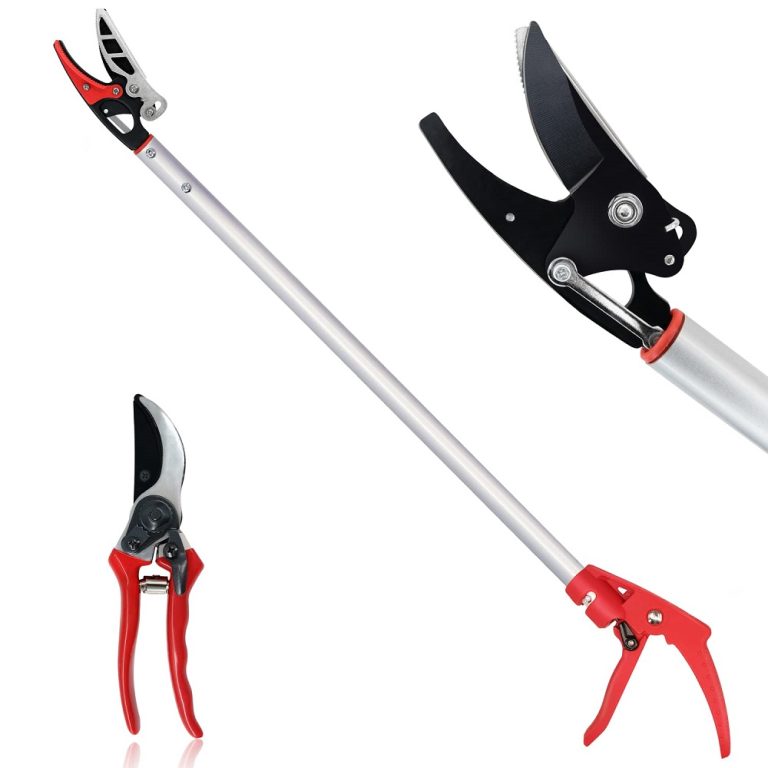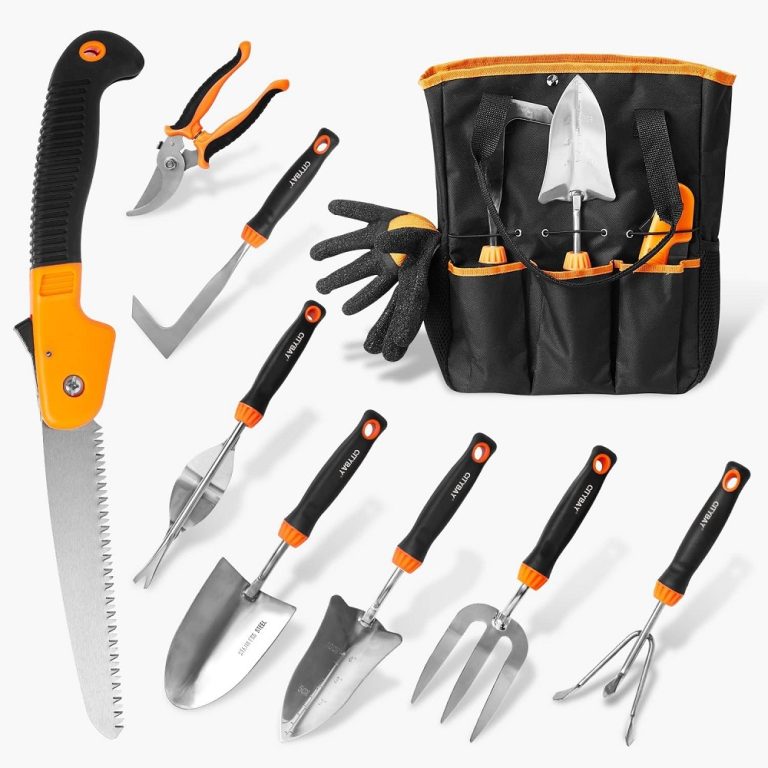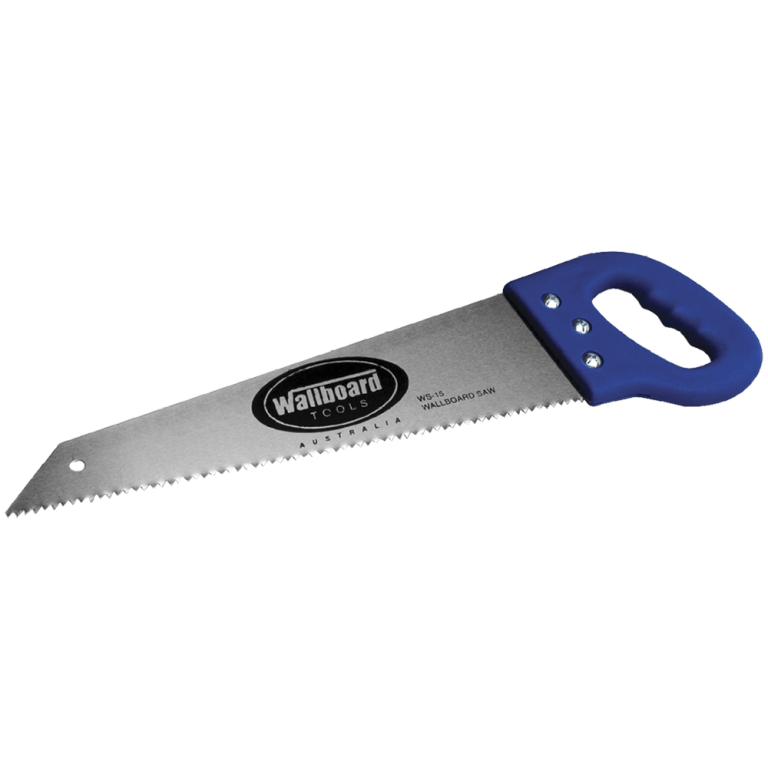Introduction to Yard Tools
Yard tools are essential for maintaining a beautiful and functional outdoor space. Whether you’re tending a small garden or tackling a large yard, having the right tools makes all the difference. These tools help with tasks like planting, pruning, mowing, and general upkeep.
Yard tools are broadly classified into basic hand tools, power tools, and specialty tools. Hand tools are ideal for precision tasks, while power tools handle larger jobs efficiently. Specialty tools cater to more specific landscaping needs.
Selecting the right yard tools depends on your landscaping goals and yard size. Durable, quality tools save time and effort in the long run. Additionally, understanding the purpose of each tool ensures effective and safe usage.
Investing in good yard tools not only improves results but also reduces physical strain. Proper maintenance and storage can extend the life of your tools. By starting with the basic tools and expanding as needed, anyone can achieve a well-maintained landscape.
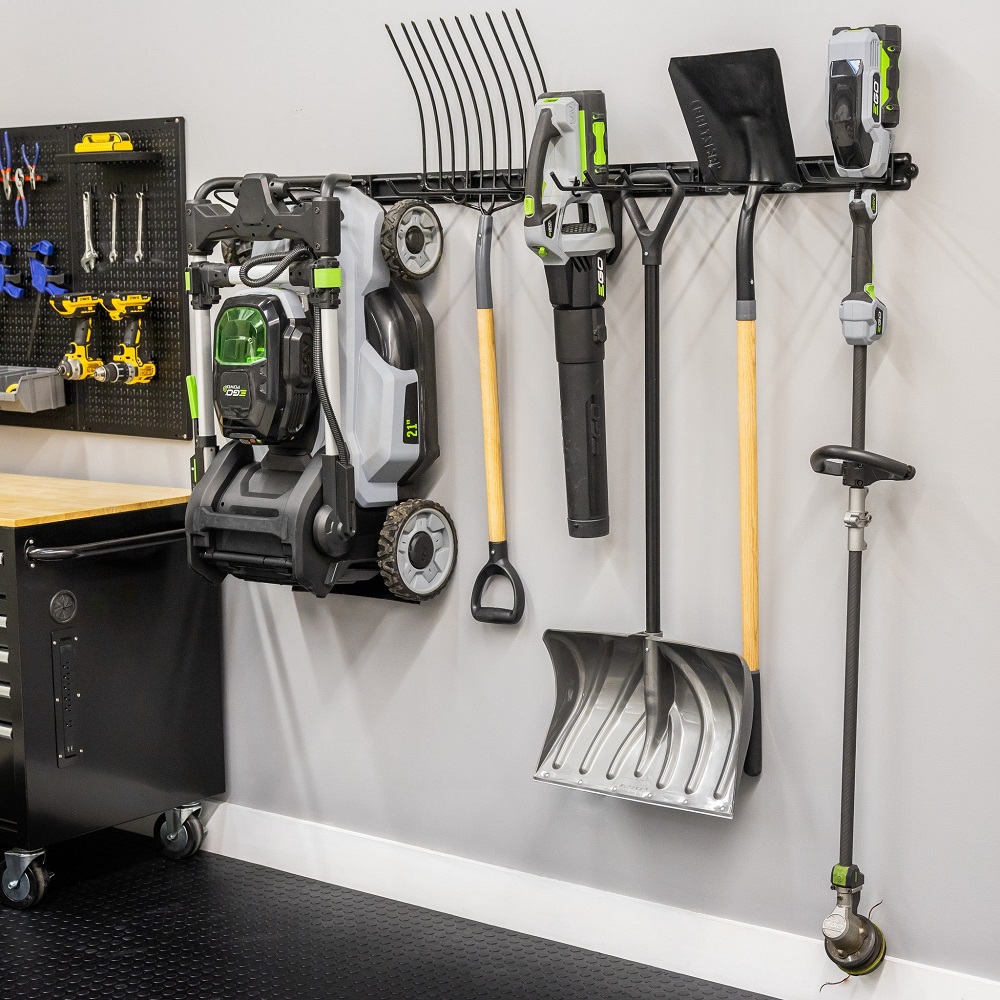
Basic Yard Tools Every Homeowner Needs
Whether starting a garden or maintaining a lawn, specific yard tools are essential. These tools make common gardening and landscaping tasks much more manageable. Here, we cover the must-have basic tools for every homeowner.
Hand Tools for Everyday Gardening
Hand tools are invaluable for planting, weeding, and small soil preparations. These include:
- Trowel: Ideal for digging small holes while planting flowers, shrubs, or bulbs.
- Hand Rake: Helps with loosening soil and removing small debris for better plant health.
- Weeder: Assists in tackling weeds without harming nearby plants.
- Gloves: Protect your hands from dirt, thorns, and blisters during gardening.
Good-quality hand tools are lightweight yet sturdy. Look for ergonomic handles for reduced hand strain. Regular cleaning keeps them rust-free and efficient.
Essential Cutting and Pruning Tools
Cutting and pruning tools help shape plants and maintain healthy growth. They include:
- Pruners: Great for trimming small branches and stems of shrubs and flowers.
- Loppers: Useful for cutting thicker branches that pruners can’t handle.
- Hedge Shears: Maintain shape and control growth in hedges and shrubs.
- Pruning Saw: Ideal for cutting thicker branches on trees or large shrubs.
Sharp blades provide clean cuts, reducing damage to plants. For safety, store these tools with blades locked and out of children’s reach.
By starting with these hand and pruning tools, you can handle everyday gardening efficiently. As tasks grow, adding more specialized tools will enhance your landscaping capabilities.
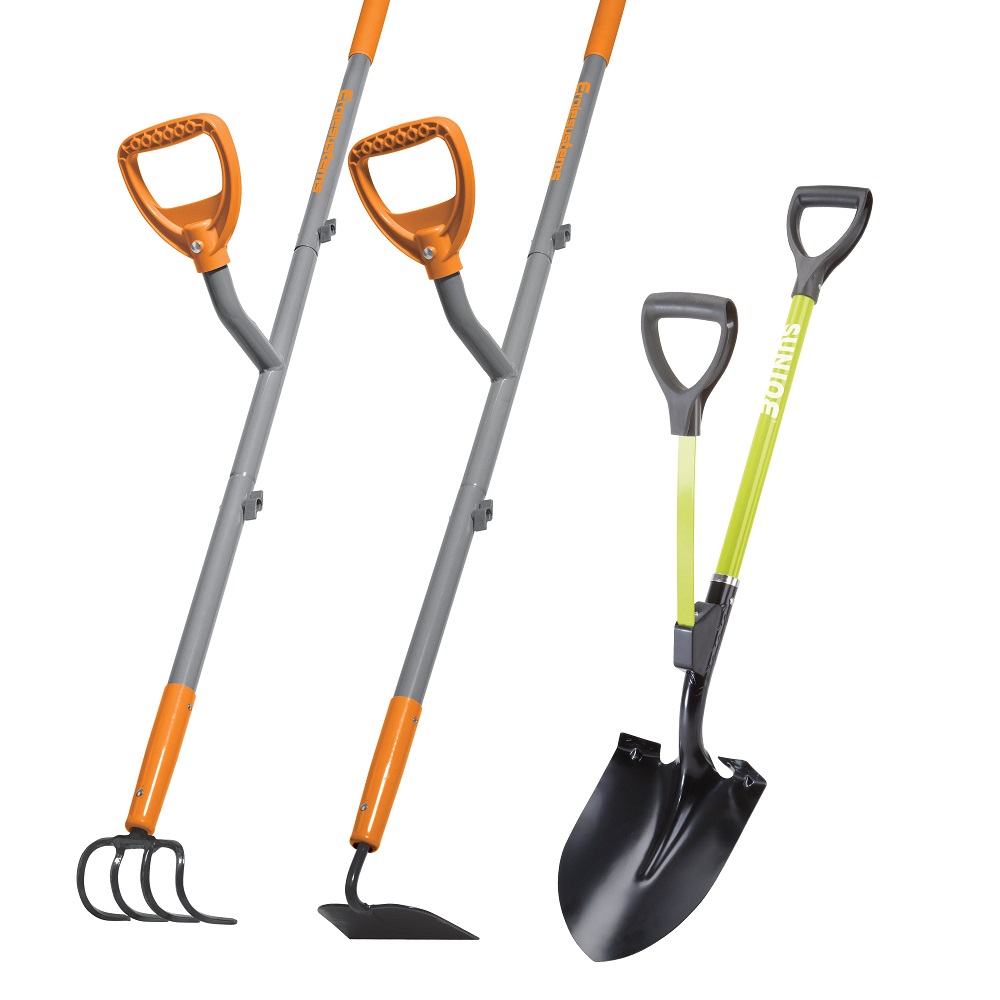
Power Tools for Larger Landscaping Jobs
Power tools make tackling larger yard tasks faster and more manageable. These tools are designed to handle substantial workloads and save you time and energy. From maintaining your lawn to clearing leaves, power tools are essential for efficient landscaping when basic tools are not enough.
Lawn Mowers and Trimmers
Lawn mowers and trimmers are essential for keeping your lawn neat and tidy. Choose the right type based on your yard size and needs:
- Lawn Mowers: Ideal for cutting grass evenly across large areas. Options include gas, electric, and robotic mowers. Gas mowers are powerful but require more maintenance. Electric mowers are eco-friendly and quieter but suited for smaller yards. Robotic mowers automate lawn care, saving you time.
- String Trimmers: Perfect for edging grass and cutting hard-to-reach areas around fences or trees. Trimmers come in gas-powered, electric, and battery-operated models to suit different preferences.
Regularly sharpen blades and check for loose parts to maintain these tools. Adjust cutting height for consistent results without stressing the lawn.
Leaf Blowers and Vacuums
Leaf blowers and vacuums simplify clearing leaves and debris, especially during the fall. They help reduce manual work and keep your yard clean.
- Leaf Blowers: Quickly move leaves into piles for easy collection. Blowers are available in gas, corded electric, or cordless battery options. Gas blowers offer high power but are noisier and less environmentally friendly. Cordless models provide great mobility.
- Leaf Vacuums: Ideal for sucking up leaves and small debris. Some vacuums also mulch leaves, making disposal easier and supporting composting efforts.
When choosing leaf blowers or vacuums, consider noise levels in residential areas. Always use ear protection and follow the manufacturer’s instructions for safety.
Investing in reliable power tools can transform yard work, making it faster, easier, and more efficient.
Specialty Tools for Advanced Landscaping
Advanced landscaping often requires tools designed for specific tasks. These tools improve efficiency and enhance the final results. Investing in specialty tools helps create a well-manicured and thriving outdoor space.
Aerators and Dethatchers
Aerators and dethatchers are essential for maintaining healthy lawns. They help improve soil quality and grass growth.
- Aerators: Aerators create small holes in the lawn, allowing air, water, and nutrients to penetrate the soil. Choose spike or plug aerators based on yard size and soil condition. Use once or twice a year for best results.
- Dethatchers: Dethatchers remove the layer of dead grass and debris (thatch), preventing soil compaction. Manual dethatchers work for small yards, while motorized versions handle larger areas efficiently.
Using these tools ensures stronger grass roots and a greener lawn. Regular aeration and dethatching keep your yard in peak condition.
Mulching and Composting Tools
Mulching and composting tools aid in recycling organic waste and enriching the soil effectively.
- Mulchers: Mulchers process leaves, grass clippings, and small branches into nutrient-rich mulch. Mulch retains soil moisture and suppresses weeds, enhancing garden health.
- Compost Bins: Compost bins collect kitchen scraps and yard waste to create compost. Compost improves soil structure and provides essential nutrients for plants. Select bins with good aeration for faster decomposition.
Both tools promote eco-friendly landscaping. They reduce waste and help maintain a sustainable yard.
Specialty tools simplify challenging tasks and improve landscaping outcomes. They are worth the investment for serious gardeners.
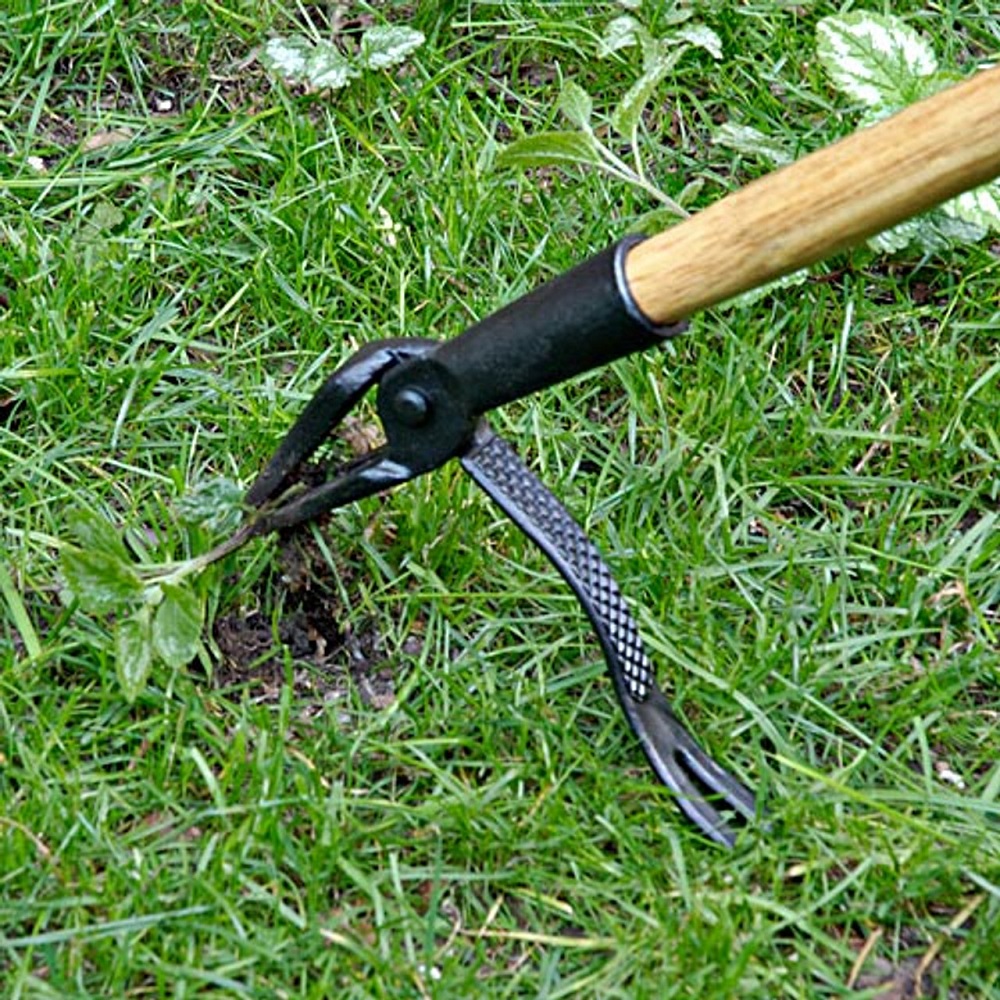
Tips for Choosing Durable and Effective Yard Tool
Selecting durable and effective yard tools is crucial for efficient landscaping. Quality tools save time and last longer. Here are key tips to help you find the right tools:
- Focus on Build Quality: Choose tools made from sturdy materials like stainless steel or aluminum. High-quality handles, such as fiberglass or hardwood, prevent breakage and increase durability.
- Review Ergonomic Designs: Look for tools with ergonomic handles to reduce strain during prolonged use. Comfortable grips improve control and minimize fatigue.
- Check for Brand Reputation: Invest in reliable brands known for producing durable yard tools. Research reviews and customer feedback before purchasing.
- Inspect Tool Features: Ensure blades or edges are sharp and rust-proof. Adjustable features, like cutting heights, add versatility for different tasks.
- Consider Your Yard Size and Needs: Select tools based on the type and size of your landscaping project. For small yards, compact tools work best. Large yards benefit from power tools for quicker results.
- Assess Maintenance Requirements: Choose tools that are easy to maintain. Tools with detachable parts are simpler to clean or replace.
- Test Before Buying: If possible, examine the tool’s weight and handling in-store. Lightweight tools reduce strain during use.
Durable yard tools enhance efficiency and reduce replacement costs. Picking quality tools ensures long-term satisfaction.
Proper Maintenance and Storage of Yard Tool
Proper care ensures your yard tools last longer and function efficiently. Regular maintenance and smart storage are key to preserving your tools. Follow these guidelines to keep your tools in great condition:
Cleaning and Sharpening Tools
- Clean After Use: Remove soil, dirt, and debris after every use. Clean tools prevent rust and wear.
- Sharpen Blades Regularly: Keep blades sharp for effective and precise cutting. Use a file or sharpening stone.
- Oil Moving Parts: Lubricate hinges, gears, or other moving parts to reduce friction and prevent corrosion.
Preventing Rust and Corrosion
- Dry Tools Completely: Always dry tools after cleaning to prevent moisture buildup.
- Apply Protective Coating: Use rust inhibitors or oil to coat metal parts for added protection.
Proper Storage Techniques
- Store Indoors: Keep tools in a shed or garage to protect them from weather elements.
- Hang or Organize: Store tools on hooks or racks to keep them off the ground and easily accessible.
- Protect Power Tools: Remove batteries and cover electronics to prevent damage from dust or moisture.
Regular Inspection
- Inspect for Damage: Check for cracks, loose screws, or worn parts routinely to replace or fix early.
- Tighten Loose Parts: Ensure bolts, screws, and handles are firmly secured to avoid accidents.
Maintaining and storing your yard tools boosts their lifespan and efficiency. Good care makes landscaping tasks easier.
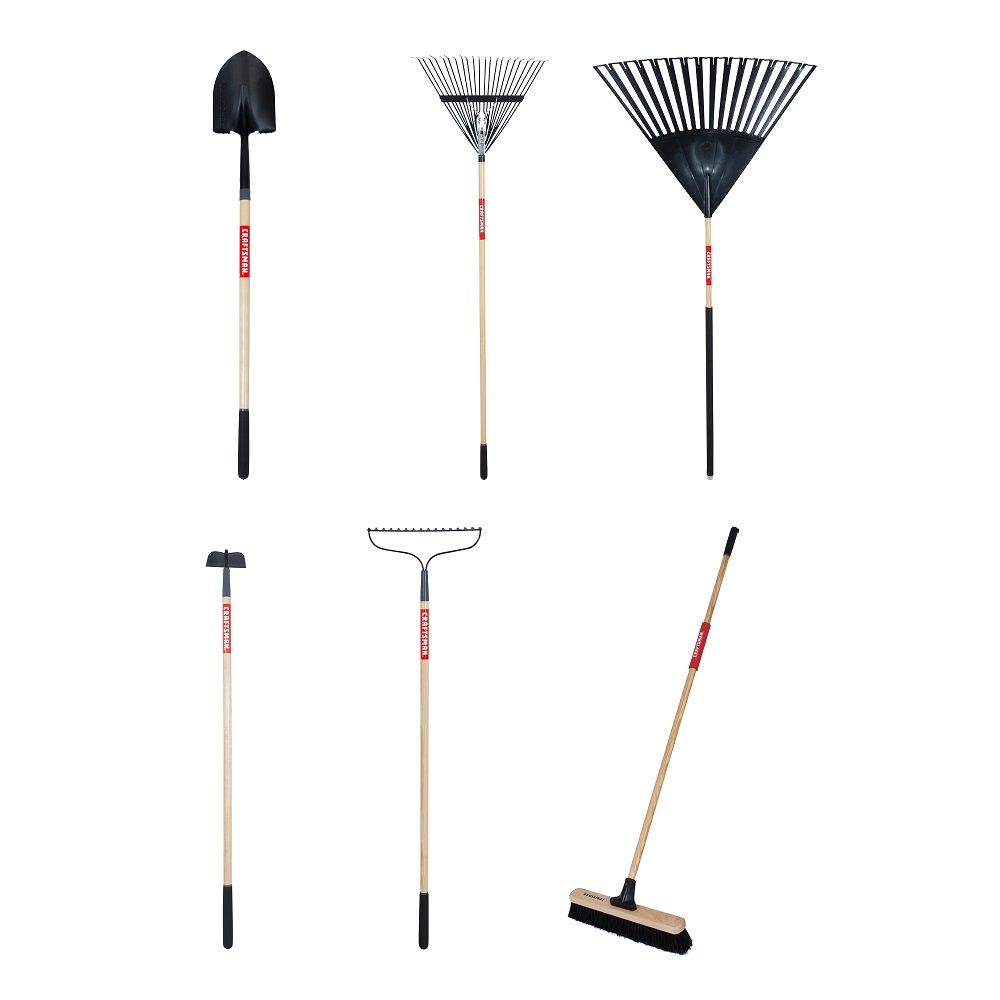
Safety Precautions When Using Yard Tools
Ensuring safety when using yard tools is crucial for preventing injuries and accidents. Proper usage, protective gear, and a clear workspace all contribute to safe landscaping practices. Here are essential safety tips to follow:
Wear Protective Gear
- Gloves: Always wear gloves to protect your hands from cuts, blisters, and dirt.
- Safety Glasses: Use safety glasses to shield your eyes from debris, especially when cutting or trimming.
- Hearing Protection: For loud tools like leaf blowers, wear earplugs or earmuffs to protect your hearing.
- Sturdy Shoes: Opt for closed-toe shoes with a good grip to avoid slipping.
Inspect Tools Before Use
- Check for Damage: Look for cracks, loose parts, or worn edges before using any tool.
- Confirm Assembly: Ensure tools like mowers or trimmers are properly assembled and securely tightened.
- Test Power Tools: Verify that power tools start and operate smoothly to prevent sudden malfunctions.
Use Tools Correctly
- Follow Instructions: Always read the manufacturer’s guidelines before using a new tool.
- Avoid Improvisation: Never use a tool for tasks it was not designed for.
- Work at Comfortable Angles: Avoid overreaching or straining your body while using tools.
Maintain a Clear Workspace
- Remove Obstacles: Clear sticks, stones, and other debris from the area to prevent trips.
- Be Aware of Others: Ensure no one, especially children, is in the tool’s path or near moving parts.
- Secure Power Cords: Avoid tangled cords that could pose tripping or electrocution risks.
Take Breaks and Stay Hydrated
- Pause Regularly: Rest to avoid fatigue, which can lead to careless mistakes.
- Drink Water: Stay hydrated, especially when working in the sun.
Store Tools Safely After Use
- Engage Safety Locks: For cutting tools, lock blades before storing.
- Organize Properly: Return tools to their designated location to prevent accidental injuries.
- Unplug Power Tools: Disconnect power sources to avoid accidental activation.
Safety is the foundation for effective landscaping. Prioritize these measures every time you use yard tools.
Utilizing Technology in Landscaping
Smart Tools for Modern Gardening
In recent years, technology has made its way into landscaping tools, introducing a new level of convenience and precision. Smart gardening tools equipped with sensors can provide real-time feedback on soil moisture levels, helping you determine when to water your plants. This technology can lead to more efficient water usage and better plant health.
Additionally, landscaping companies are now using drones for larger properties to survey land, assess plant health, and even assist in planting. These advancements in technology allow for greater effectiveness and can improve the overall aesthetic appeal of your outdoor spaces. Keeping up with these developments can enhance your landscaping efforts and streamline the process.
Benefits of Eco-Friendly Technology
Using advanced technology also promotes sustainability in gardening practices. Many modern tools have been designed with eco-friendly materials and energy-efficient functions. For example, solar-powered garden lights and battery-operated tools reduce reliance on conventional electricity, minimizing their carbon footprint.
Incorporating these smart garden tools into your routine not only promotes a healthy outdoor environment but also emphasizes the importance of caring for the planet. By embracing technology and sustainable practices, you can create an inviting landscape that is both beautiful and responsible.
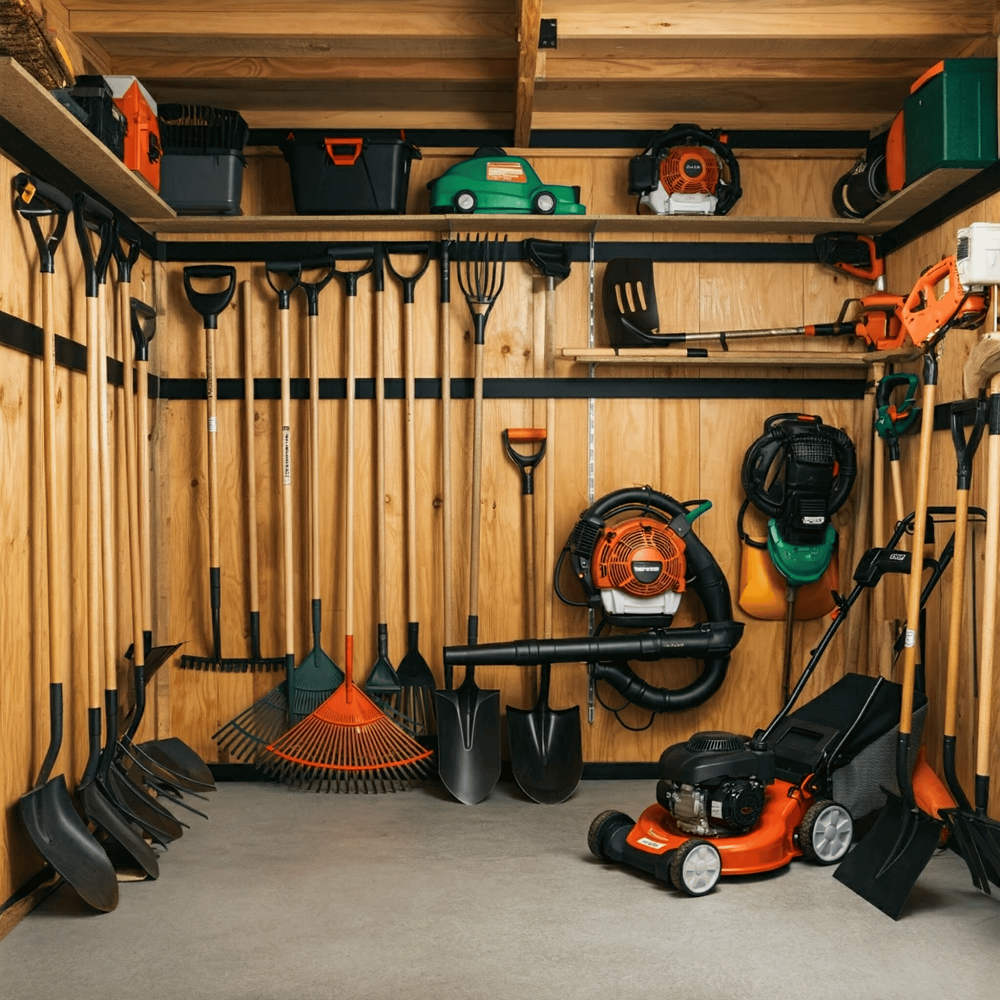
Building a Community of Garden Enthusiasts
Connecting with Local Gardeners
Gardening and landscaping can feel like solitary endeavors, but connecting with local gardening communities can breathe new life into your projects. Many areas have gardening clubs, workshops, and social media groups where enthusiasts share tips, experiences, and enthusiasm for yard work. Participating in these communities fosters camaraderie and offers opportunities for learning.
By engaging with fellow gardeners, you can gain insights into best practices, discover new tools, and access resources and advice tailored to your local climate and soil conditions. These connections can inspire and motivate you to try new landscaping techniques and projects, leading to an even more enjoyable gardening experience.
Sharing Experiences and Resources
Local gardening clubs often host events, plant swaps, or educational workshops that provide valuable learning opportunities. Participating in these activities allows you to exchange ideas and gain practical knowledge from seasoned gardeners. Learning from others while sharing your own experiences creates a sense of accomplishment and community among participants.
Involving yourself in such interactions can also lead to friendships built around a shared passion for gardening and landscaping. By fostering these connections, you not only enhance your own gardening practice but also contribute to a supportive network that celebrates the beauty of outdoor spaces.
Conclusion
Yard tools are essential for anyone looking to maintain and enhance their outdoor areas effectively. Understanding the wide array of tools available, their specific functionalities, and the importance of quality will empower you to make informed choices. From fundamental hand tools to advanced power equipment, each item plays a role in achieving beautiful landscapes.
Investing in versatile tools, utilizing technology, and engaging with gardening communities can further enhance your landscaping experience. By connecting with others and exploring innovative practices, you can expand your gardening skills while creating an inviting outdoor environment. The right tools and knowledge enable you to cultivate not just plants, but a space that reflects your personality and love for nature.
As you embark on your landscaping journey, be sure to equip yourself with the proper tools and support. With the right resources, your outdoor space can flourish, providing a beautiful backdrop for relaxation, enjoyment, and cherished memories for years to come.
